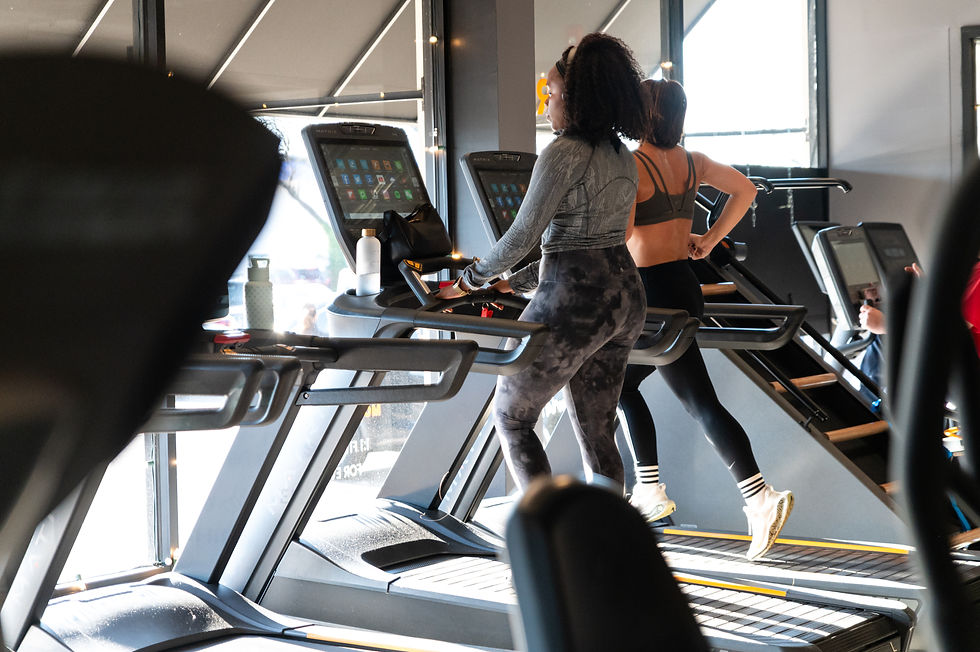GLP-1 & Fitness: How to Exercise for the Best Results
- Energy Fitness

- Mar 25
- 2 min read
Updated: Apr 30
GLP-1 receptor agonists have become a popular tool for weight loss, helping individuals control appetite and manage blood sugar levels. But while these medications can support weight loss, combining them with the right exercise routine is essential for preserving muscle mass, maintaining bone density, and achieving long-term health benefits. If you’re using GLP-1 medications, here’s how to structure your workouts for the best results.

Why Exercise is Essential When Taking GLP-1
GLP-1 medications help reduce hunger and lead to lower calorie intake. However, losing weight too quickly—without proper exercise—can result in muscle loss and decreased bone density. This can slow metabolism, increase the risk of injury, and make it harder to maintain weight loss long-term.
The right exercise program ensures that while you lose fat, you retain strength, mobility, and overall health.
The Best Types of Exercise for GLP-1 Users
To maximize the benefits of your weight loss journey, your workout plan should include a mix of strength training, cardiovascular exercise, and flexibility work.
1. Prioritize Strength Training
Strength training is crucial for preserving lean muscle and preventing metabolic slowdown. Aim for:
2-4 sessions per week focusing on full-body movements.
Resistance exercises like squats, lunges, deadlifts, rows, and push-ups.
Moderate weight with higher reps (8-15 reps per set) to build endurance and maintain muscle without excessive bulk.
2. Incorporate Cardiovascular Exercise
Cardio helps improve heart health, burn calories, and increase endurance. However, excessive cardio without strength training can contribute to muscle loss. The best approach:
Low-impact activities like walking, cycling, or swimming to avoid excessive stress on joints.
30-45 minutes, 3-5 times per week for steady-state cardio.
High-Intensity Interval Training (HIIT) 1-2 times per week for an efficient calorie burn without prolonged stress on the body.
3. Focus on Bone Health
Rapid weight loss can impact bone density. To protect your skeletal health:
Include weight-bearing exercises like strength training, walking, and stair climbing.
Balance and mobility training such as yoga or Pilates to improve stability and reduce the risk of falls or fractures.
Ensure adequate intake of calcium and vitamin D to support bone strength.
4. Don’t Forget Recovery & Hydration
GLP-1 medications can sometimes cause nausea or fatigue, making workout recovery even more critical.
Listen to your body and adjust workout intensity if you feel fatigued.
Stay hydrated to prevent dizziness and support muscle recovery.
Prioritize sleep for muscle repair and energy levels.
How Energy’s 1-on-1 Coaching Can Help
At Energy, we specialize in personalized fitness programs that work alongside GLP-1 treatments to help you:
✅ Maintain muscle and strength while losing weight.
✅ Build a sustainable, enjoyable exercise routine.
✅ Improve energy levels, endurance, and overall well-being.
If you’re using GLP-1 for weight loss, don’t let muscle loss or low energy hold you back. Our expert coaching ensures you’re exercising the right way for lasting results. Let’s create a plan tailored to you!
